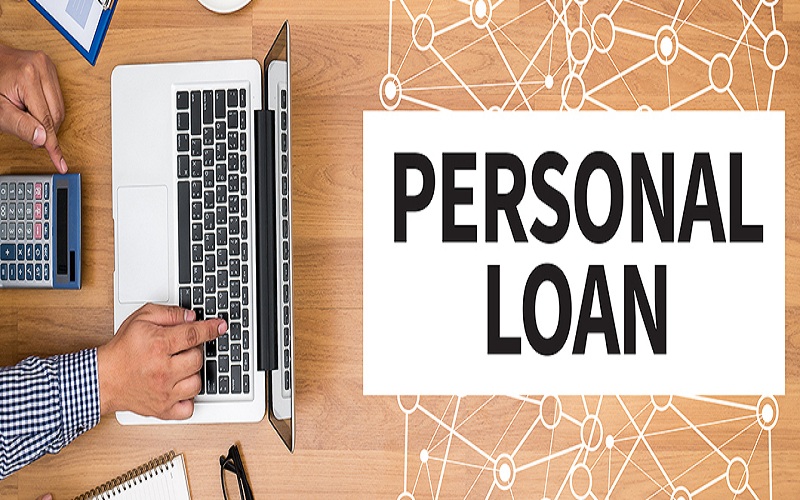In times of financial distress, an emergency personal loan can provide quick relief. In India, these loans are increasingly popular due to their accessibility and the financial flexibility they offer. However, understanding the nuances of emergency personal loans is crucial before committing. Here’s a comprehensive guide to help you navigate this financial option.
What Are Emergency Personal Loans?
Emergency personal loans are unsecured loans designed to provide immediate financial assistance during urgent situations, such as medical emergencies, urgent repairs, or unexpected expenses. Unlike traditional loans, these do not require collateral, making them a viable option when quick cash is needed.
Apply for an instant personal loan online from Airtel Finance for any emergencies, with the Airtel Thanks app.
Key Features of Emergency Personal Loans
- Quick Disbursal: One of the primary advantages is the rapid disbursal process. Many lenders offer instant approval and disbursal within a few hours to a couple of days, depending on the application and verification process.
- Unsecured Nature: These loans do not require any collateral, which means you don’t need to pledge any asset. However, this also means they often come with higher interest rates compared to secured loans.
- Flexible Amounts: You can borrow amounts ranging from a few thousand to several lakhs, depending on your creditworthiness and the lender’s terms.
- Shorter Tenure: Typically, emergency personal loans have shorter repayment tenures, ranging from a few months to a few years. This helps in managing the loan within a reasonable period.
Eligibility Criteria
Eligibility for emergency personal loans varies by lender, but common requirements include:
- Age: Generally, applicants must be between 21 and 58 years old.
- Income: A stable income source is crucial. Most lenders require proof of employment or income, such as salary slips or bank statements.
- Credit Score: A good credit score (typically above 650) can improve your chances of loan approval and may help you secure a lower interest rate.
- Employment Status: Some lenders prefer salaried employees over self-employed individuals, but there are options available for both.
Application Process
- Research Lenders: Compare different lenders to find the best terms and conditions. Consider factors like interest rates, processing fees, and repayment options.
- Submit Documentation: Commonly required documents include ID proof, address proof, income proof, and bank statements. Some lenders may also require a recent photograph and application form.
- Verification and Approval: After submission, the lender will verify your details. Once approved, the loan amount is disbursed to your bank account, often within a few hours.
- Repayment: Repayments are typically made in equated monthly installments (EMIs). Ensure that you understand the EMI amount, tenure, and any prepayment penalties before finalizing the loan.
Interest Rates and Fees
Interest rates on emergency personal loans can be relatively high compared to other loan types. Rates typically range from 10% to 25% per annum. Additionally, lenders may charge processing fees, late payment fees, and prepayment penalties. It’s essential to read the fine print and understand all applicable charges.
Pros and Cons
Pros:
- Quick access to funds.
- No collateral required.
- Flexible loan amounts and tenures.
Cons:
- Higher personal loan interest rates.
- Shorter repayment periods.
- Potentially high processing fees and charges.
Conclusion
Emergency personal loans can be a lifeline in times of financial need, providing fast access to funds without the requirement for collateral. However, it’s vital to weigh the pros and cons, understand the associated costs, and explore all available options before proceeding. By making an informed decision, you can ensure that you manage your financial emergency effectively and responsibly.

